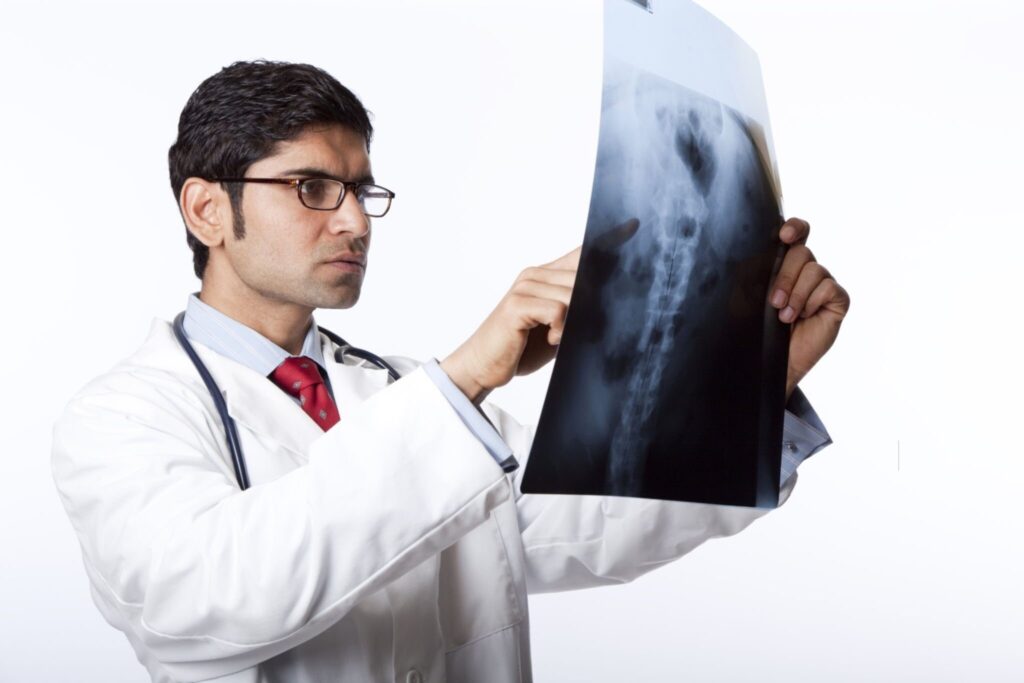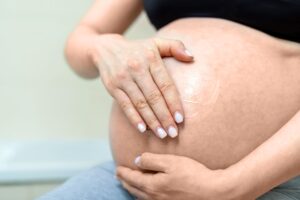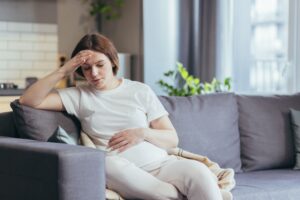OSTEOPOROSIS : A Guide to Women’s Health
By Team on 06 Nov, 2023
Menopause is an overwhelming period in a woman’s life. It is the phase that slowly unwinds their menstrual cycle. It signifies that a woman’s ovulation has come to an end, and she will no longer be able to reproduce. Menopause comes with a lot of physical and hormonal changes in the body. And one of them is osteoporosis, the condition that weakens bones. It is painful, and adding on makes movements difficult and shortens one’s lifespan. But it is a manageable condition. How?
What is Osteoporosis?

Osteoporosis is a bone disease that weakens the bones because of decreased bone density and strength. It is a condition that mainly affects women after the age of 50. But it does not just affect older women; it can also affect younger women in their 20s and 30s. In the case of older women, it is because of the drop in estrogen levels during the postmenopausal period. But, in the case of young women, it is low bone density because of various reasons that contribute to premenopausal osteoporosis.
Why are women more prone than men?
As a woman, you are more prone to osteoporosis than men because, firstly, you have smaller and thinner bones compared to men. Secondly, the drop in estrogen during menopause, the hormone that protects the bones, makes the bones weak and puts you at risk of osteoporosis. So, women lose their bone strength way earlier than men because of their natural body cycle.
How does it show itself?
Osteoporosis is not like other conditions that can tell you its presence. It is called a “silent disease” because you cannot experience any symptoms until you have fractured your bone.
The fracture can be due to simple activities like climbing stairs, lifting objects or moving forward when you have osteoporosis. Other than fractures, the other symptoms include:
- Height loss
- Stooped posture
- Low back pain
- A curve in the back
Who does it affect?
Osteoporosis is a condition that can put you at risk after menopause because of various lifestyle and health factors other than factors like gender and age. The risk factors include:
- Calcium and Vitamin D deficiency.’
- Hypothyroidism
- Rheumatoid Arthritis
- Eating disorder
- Long-term use of Steroids, blood thinners, chemotherapy, estrogen-blocking drugs
- Sedentary lifestyle
- Alcohol intake
- Smoking
These factors are prime risk factors that can increase the chances of you getting osteoporosis.
How to prevent it?
Though osteoporosis is a condition that has few unavoidable risk factors like gender and age, you can also prevent it from occurring by leading a healthy lifestyle and consuming a nutritious diet from a young age.
Intake of Calcium and Vitamin D
Calcium is essential for your bones. When there is not enough calcium in your body, the bone will lose its strength. So, it is necessary to include enough calcium in your diet. Consuming dairy sources like milk and tofu and also vegetables and fruits rich in calcium like broccoli, kale, and spinach. Vitamin D is essential to absorb calcium in our body. So, it is crucial to have food that has Vitamin D, like salmon, cheese, egg yolk, milk, cereal, and orange juice. Our skin also makes Vitamin D when sunlight hits. So, take some time to be outdoors.
Exercise and Workout
Osteoporosis makes bones weak and brittle. So, it is vital to keep your bones stronger, which can be done by exercising. It is best to do weight-bearing exercises that force your body to work against gravity, like walking, aerobics, dancing, jogging, running, climbing stairs, yoga, and also other sports like tennis and badminton.
Strength training is also advised to build bone strength by lifting weights and doing push-ups and squats.
Osteoporosis is a common bone disease that affects women, making it difficult for them after menopause. But as said before, it can be prevented with an awareness about it from the teen and young ages. So, women need to maintain good bone health by leading an active lifestyle and consuming a balanced diet, especially a diet high in calcium, vitamin D, and protein for the long run.




